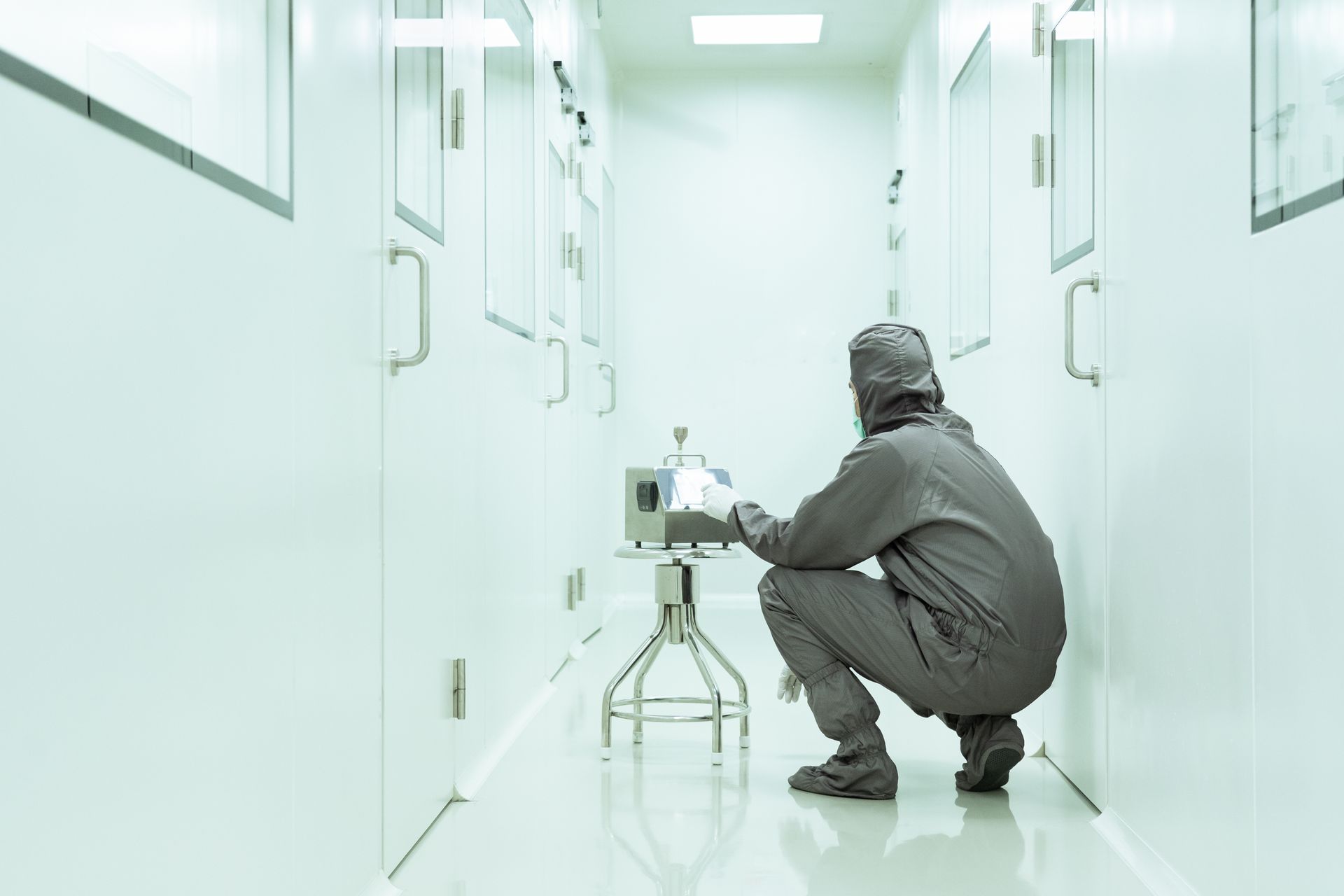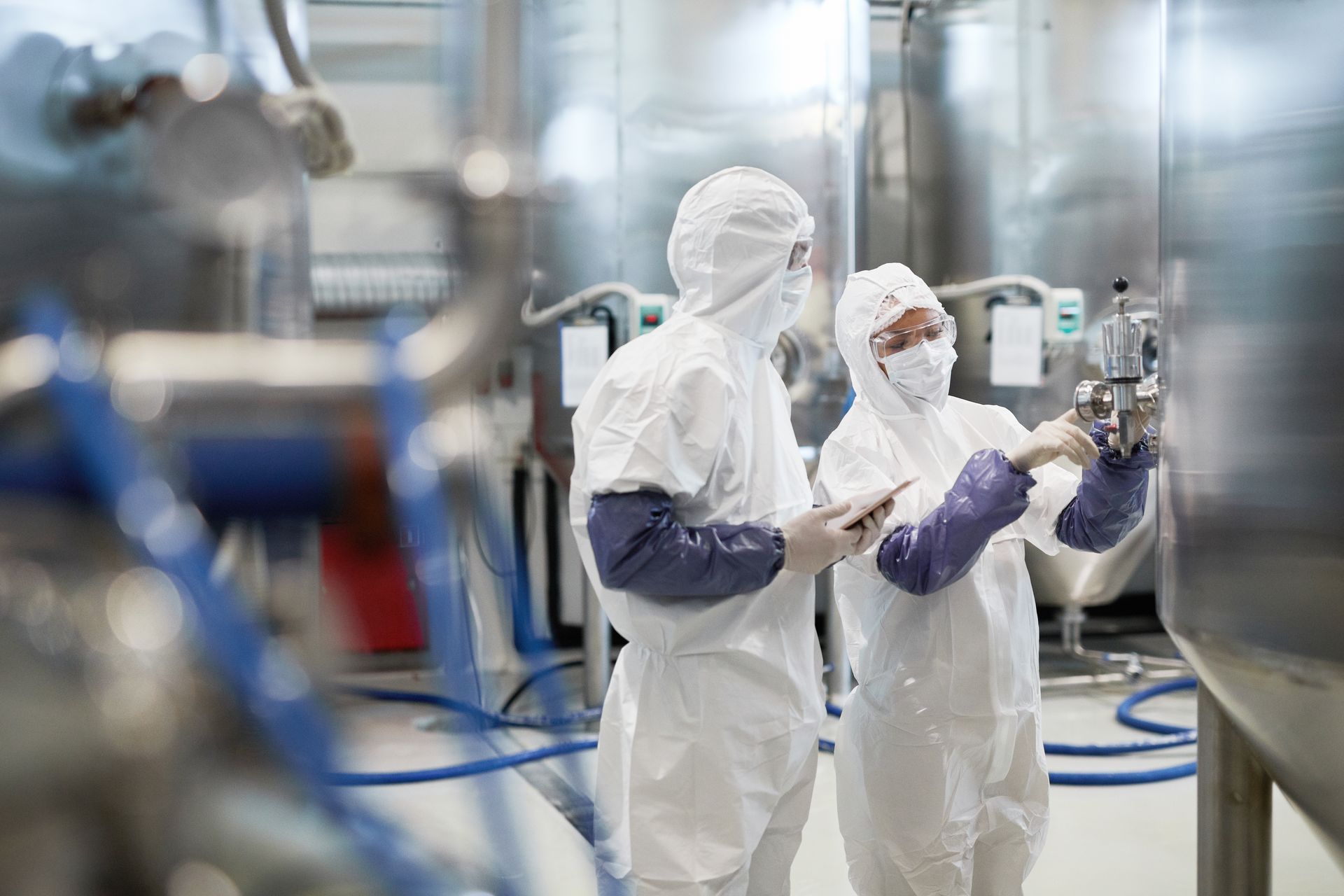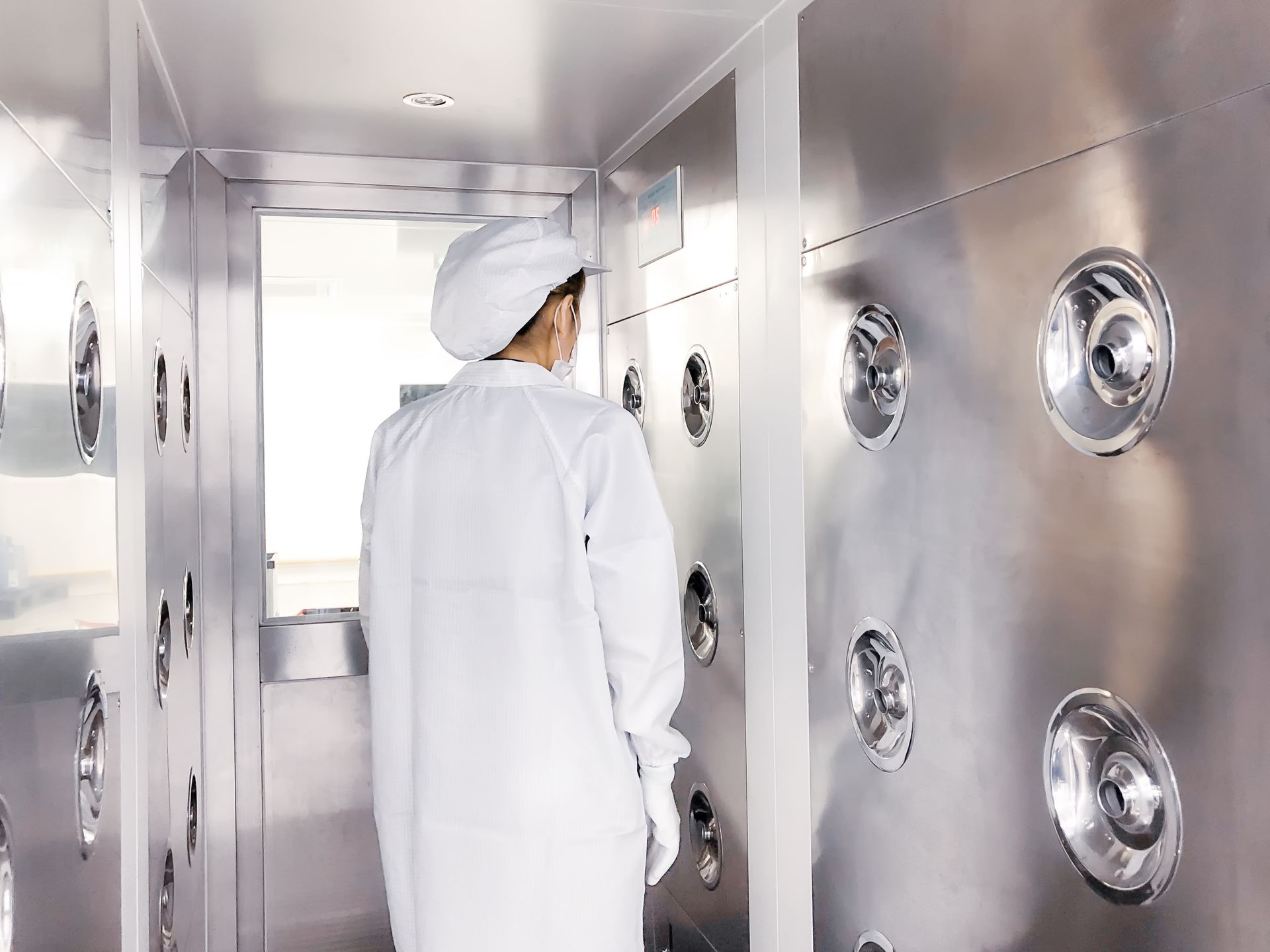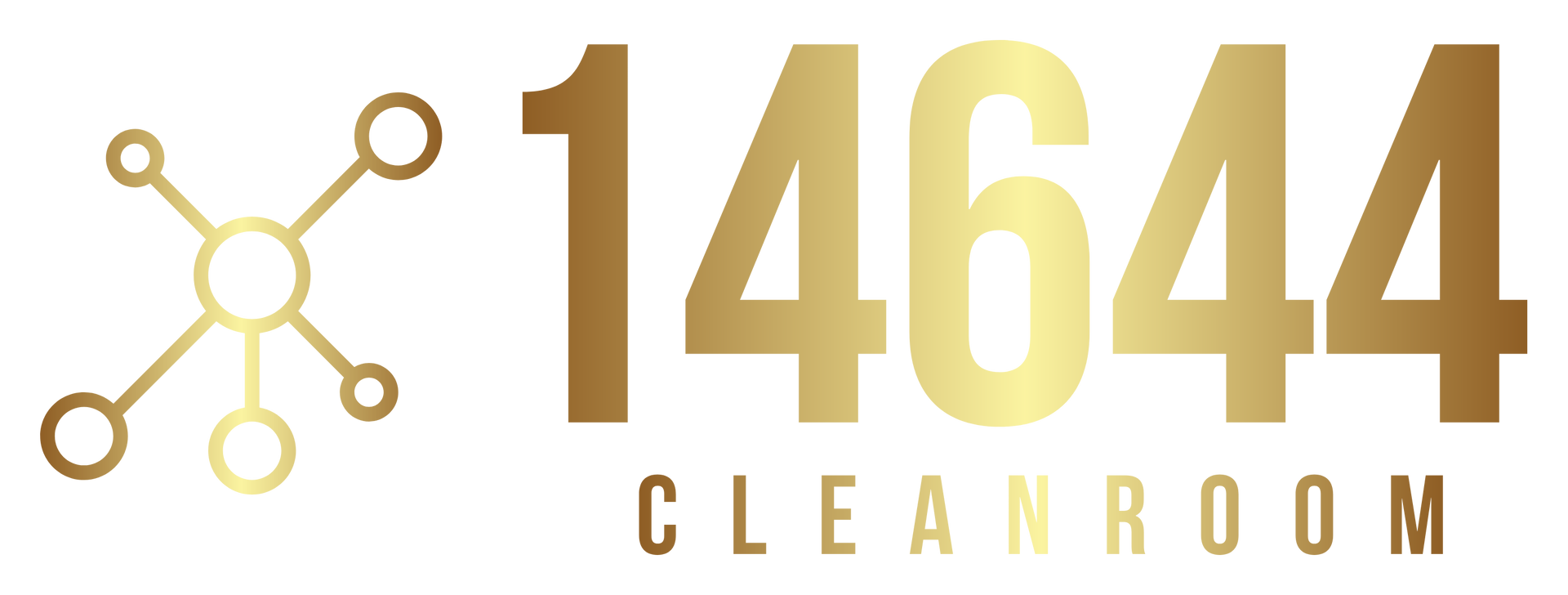Cleanroom Risk Assessment and Management

Introduction
Cleanrooms are essential in various industries, including pharmaceuticals, biotechnology, semiconductor manufacturing, aerospace, and healthcare, where controlling contamination is critical to the success and safety of the products and processes. The integrity of a cleanroom environment, where particle, microbial, and chemical contamination must be tightly controlled, is fundamental in ensuring product quality, process reliability, and compliance with industry regulations.
One of the key aspects of maintaining this controlled environment is risk assessment and management. Risk assessment in cleanrooms identifies potential hazards and vulnerabilities that may compromise the integrity of the cleanroom environment, product safety, and personnel health. Risk management then involves implementing strategies to minimize, control, and mitigate those risks.
This article explores the importance of cleanroom risk assessment, the key areas of risk, how to conduct a thorough risk assessment, and the strategies for effective risk management within cleanroom environments.
What is Cleanroom Risk Assessment?
Cleanroom risk assessment is the process of identifying, evaluating, and prioritizing potential risks associated with contamination, environmental control failure, equipment malfunction, or human error that could compromise the cleanliness of the controlled environment. This process ensures that all aspects of the cleanroom’s operation are continuously monitored and managed to minimize risk.
The goal of risk assessment is to maintain the highest possible level of cleanliness and integrity in the cleanroom while reducing the likelihood of contamination events that can lead to quality defects, safety issues, or regulatory non-compliance. A comprehensive risk assessment provides a solid foundation for implementing effective mitigation strategies to reduce these risks.
Key Areas of Cleanroom Risk
Cleanroom risk assessment encompasses a variety of potential hazards that can affect the environment, product quality, and personnel safety. The following are key areas of cleanroom risk that require careful analysis and management:
1. Contamination Risks
Contamination is the most significant risk in cleanrooms. Contaminants can be particulate, microbial, or chemical in nature, and their presence can severely impact product quality, performance, and safety.
- Particulate Contamination: Dust, debris, or other particles present in the air or on surfaces can interfere with manufacturing processes, especially in sensitive industries like pharmaceuticals, where even microscopic particles can compromise sterility.
- Microbial Contamination: Microorganisms such as bacteria, fungi, and viruses are also a significant concern, especially in pharmaceutical and healthcare cleanrooms. Their presence can lead to product contamination, spoilage, or even endanger public health.
- Chemical Contamination: Chemicals, including solvents, reagents, or cleaning agents, can pose a risk if they are introduced into the cleanroom, either as airborne particles or through spills. Chemical contamination can damage sensitive equipment or products, leading to failures or degradation.
2. Environmental Control Failures
Cleanrooms rely on precise control over environmental factors such as temperature, humidity, pressure, and airflow. Any deviation from the required environmental conditions can compromise the cleanroom’s classification and functionality.
- Temperature and Humidity Variations: Cleanrooms often require strict temperature and humidity control to prevent contamination and ensure process stability. Fluctuations in temperature or humidity can affect the properties of sensitive materials, cause microbial growth, or lead to unstable processes.
- Airflow and Filtration Failures: Cleanrooms use high-efficiency particulate air (HEPA) or ultra-low penetration air (ULPA) filters to trap contaminants. If these filters become clogged or ineffective, the cleanroom environment may no longer meet cleanliness standards. A failure in the HVAC system that affects airflow can lead to areas of poor air circulation or contamination buildup.
- Pressure Differentials: Maintaining proper pressure differentials between the cleanroom and adjacent areas is essential to prevent contamination from external sources. Any failure to maintain these pressure differentials could result in the ingress of contaminated air.
3. Human Error
Human error is one of the most significant risk factors in cleanroom operations. Personnel who fail to follow proper gowning protocols, enter the cleanroom improperly, or mishandle equipment can introduce contaminants.
- Improper Gowning and Hygiene: Cleanroom personnel must wear specialized clothing such as gowns, gloves, masks, and hair covers to minimize the risk of shedding particles and microorganisms into the environment. Any failure to follow gowning protocols can lead to contamination.
- Equipment Handling: Mishandling of equipment or materials, including introducing foreign objects into the cleanroom or using unapproved tools, can lead to contamination or product defects.
- Training and Compliance: Insufficient training or lack of adherence to cleanroom procedures can result in mistakes or oversights that compromise the cleanliness of the environment.
4. Equipment Malfunctions and Failures
Cleanroom equipment, including air filtration systems, monitoring devices, and environmental control systems, plays a critical role in maintaining the integrity of the cleanroom. Equipment malfunctions or failures can lead to serious risks to the cleanroom environment.
- Filter Failures: If HEPA or ULPA filters become clogged or degraded over time, they can no longer efficiently filter out airborne particles. This can lead to a breach in the cleanroom's contamination control.
- HVAC Failures: A failure in the HVAC system, such as an airflow disruption or temperature fluctuation, can cause contamination build-up or affect the cleanroom’s classification.
- Monitoring Equipment: Cleanrooms often rely on continuous monitoring systems to track particulate levels, temperature, humidity, and other critical parameters. If these monitoring systems fail, it may go unnoticed that the cleanroom is no longer operating within required conditions.
5. Regulatory and Compliance Risks
Cleanroom environments are subject to strict regulatory standards that ensure safety, quality, and environmental compliance. Non-compliance with industry regulations can result in legal action, financial penalties, and even the shutdown of operations.
- Failure to Meet Cleanroom Standards: Cleanrooms must meet specific standards such as ISO 14644 for cleanliness classification, GMP (Good Manufacturing Practices), and FDA regulations for industries like pharmaceuticals and medical devices. Non-compliance with these standards can result in regulatory fines, product recalls, or loss of certification.
- Documentation and Audits: Cleanrooms must maintain proper documentation to prove compliance with regulations. Poor documentation practices or failure to keep records of inspections, maintenance, and equipment calibration can lead to compliance risks during audits.
Conducting a Cleanroom Risk Assessment
A cleanroom risk assessment involves systematically identifying and evaluating the risks associated with the factors mentioned above. The process typically includes the following steps:
1. Identify Hazards
The first step is to identify potential hazards that could affect the cleanroom. This involves reviewing all areas of operation, from material handling and equipment maintenance to employee behavior and environmental control systems.
- Review the cleanroom layout and identify potential contamination sources.
- Examine environmental control systems and assess their reliability.
- Analyze employee actions and gowning protocols.
- Investigate the equipment used and identify failure points.
2. Assess the Likelihood and Severity of Risks
Once hazards are identified, the next step is to assess the likelihood of each risk occurring and the potential severity of the consequences. This can be done using qualitative methods (e.g., expert judgment) or quantitative methods (e.g., risk matrices, probability calculations).
- Assess the frequency of human errors or equipment malfunctions.
- Estimate the potential impact on product quality or regulatory compliance.
- Consider the health and safety implications of contamination risks.
3. Evaluate Control Measures
After identifying risks, assess the control measures already in place to mitigate these risks. Evaluate their effectiveness and determine if additional measures are necessary.
- Review the performance and maintenance of HVAC and filtration systems.
- Evaluate personnel training programs and compliance with gowning protocols.
- Examine the reliability and calibration of monitoring equipment.
- Assess existing contamination control procedures and cleanliness standards.
4. Develop Risk Mitigation Strategies
Based on the assessment, develop strategies to mitigate identified risks. This may involve improving existing control measures or implementing new ones to reduce the likelihood or impact of potential hazards.
- Implement regular maintenance and testing of HVAC and filtration systems.
- Introduce more rigorous training and compliance monitoring for personnel.
- Enhance environmental monitoring systems with real-time alerts for deviations.
- Develop contingency plans for equipment failures or contamination events.
5. Monitor and Review
Once risk mitigation strategies are implemented, it’s essential to continuously monitor the cleanroom environment and review the effectiveness of the strategies. Regular audits, inspections, and updates to risk management procedures help maintain compliance and ensure that the cleanroom environment remains safe and effective.
- Schedule routine audits and inspections of equipment and facilities.
- Continuously review environmental data from sensors and monitoring systems.
- Keep abreast of regulatory changes and update procedures accordingly.
Conclusion
Risk assessment and management are critical to maintaining the cleanliness, safety, and compliance of cleanroom environments. Given the potential for contamination, equipment failure, and human error, it is essential to proactively identify and mitigate risks in cleanroom operations. Regular risk assessments, combined with effective risk management strategies, ensure that cleanrooms operate at optimal performance while adhering to regulatory standards and industry best practices.
By identifying risks early, evaluating control measures, and developing robust mitigation strategies, cleanroom operators can significantly reduce the potential for contamination, improve operational reliability, and ensure the quality of the products produced in these controlled environments. Effective cleanroom risk management not only minimizes the likelihood of costly failures but also promotes long-term success by maintaining high standards of cleanliness, safety, and regulatory compliance.
Read more: All About Cleanrooms - The ultimate Guide






